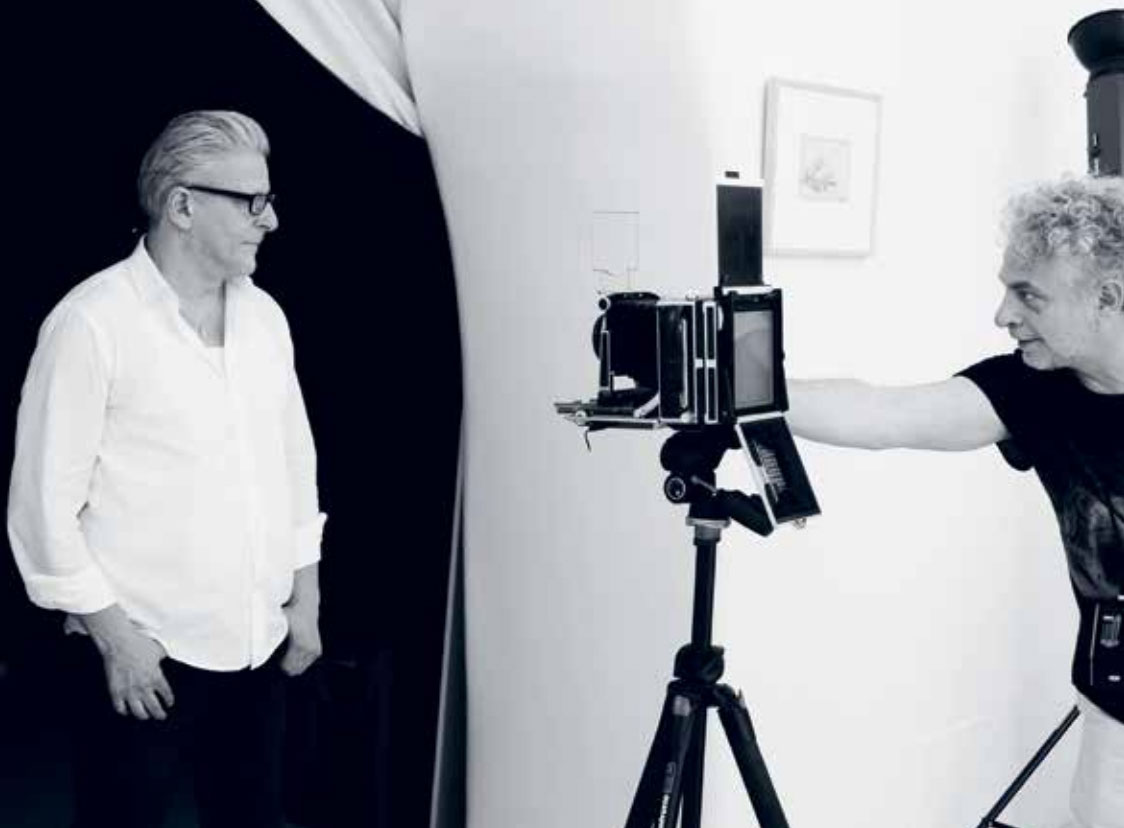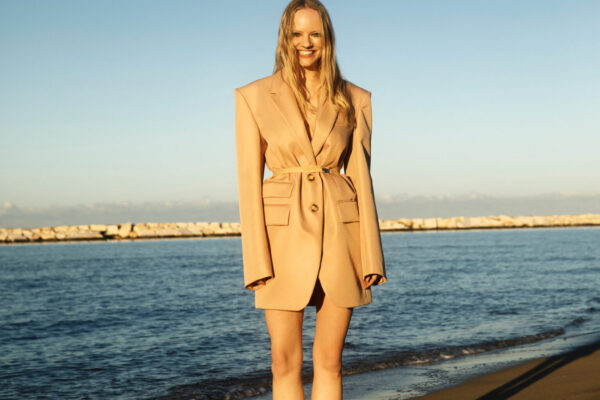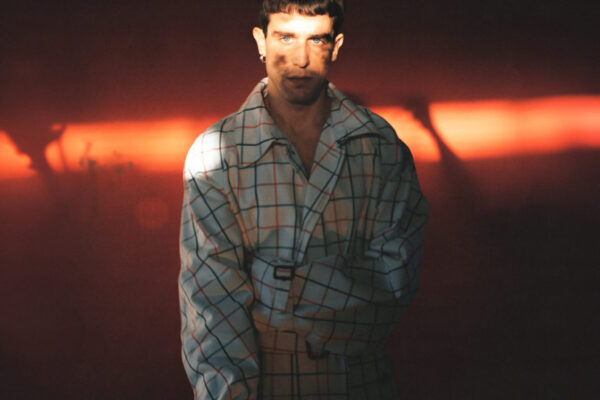FLEWID VOLUME ONE
Photography: Angelo Cricchi
Writer: Chiara Buoni
Jan Fabre is the man from no place and therefore from every place: if he could he would even make our bodies, our faces, our eyes his own. To the point of stretching out, perhaps, on the eyebrows of the first person who passes only to get a better look at the shape of their tears. On the other hand, with his works, he has made his places accessible.
From May to October, two new exhibitions by the artist, director and choreographer will erupt in Sicily. The title of the project is “Ecstasy and Oracles” and it will come to life in a triangle: between the complex of Monreale, the Valley of the Temples and various sites around Agrigento. In the Palermo complex the bronze sculptures and mosaics made from jewel-scarab wing cases will be on exhibition. Fabre’s art returns once again to what really ferments it: mother, sister and daughter – nature; every artistic step looks like the swift one of nature. These works, which represent the dualism of life and death, will be inextricably linked to the cathedral’s series of mosaics, depicting events from the Old Testament, from the creation of man to the divine sacrifice. Moving towards the Valley of the Temples, you can admire an exhibition of drawings, thinking models, bronze sculptures, and a new performance that speaks of oracles – ecstatic revelations used in ancient Greece to make decisions about the polis – of pythias and saints, of the physical and spiritual body as a moment of catharsis. At the end a turtle, an oracular figure par excellence that seems to place itself out of this world, but one we can actually find below and even inside, as a nucleus that just as it seems to become ossified reveals itself in all its elasticity. It is as if there were a competition between them, to use Fabre’s terms – one can think of the Pacific Ocean desperately trying to count the tears of a jellyfish. In any case, the relations of resemblance are never understood if they are closed in on themselves, a third element is needed, one that is ready to intervene on the couple: that is how we, the spectators and actors, come into play – provoked and inevitably provocative, into the world of the Belgian artist. And that is how the triangle is again composed.
As a child crying is normal. It is when you become older that you learn not to do it in public. Education in the West is the killer of spontaneity. Is the use of bodily fluids in art a way to defend it?
I make, since the beginning of the 90’s, drawings regularly with my own tears. By researching my own tears I made a typology of 3 types of tears: first is “irritation tears”, for example to peal an onion; second is “emotional tears”, for example when your mother dies; than third, “spiritual tears”, for example when you listen to a beautiful musical piece or you watch to a masterpiece of painting. I discovered through this drawing project that spiritual tears left the clearest salt traces on my drawing papers. I wrote also in 2005, inspired on a question of the French philosopher Roland Barthes, a theatre text: “History of tears”. A quote out of this text that refers also to my tear drawings tells:
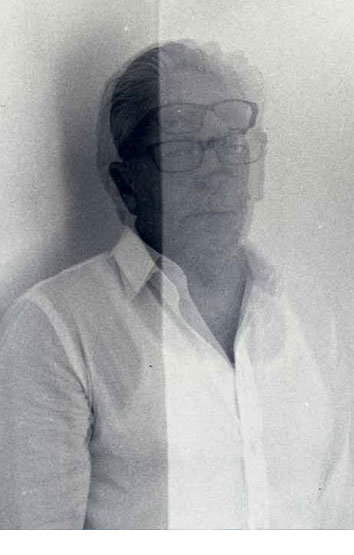
“The force of our body fluids
would leave behind
wafer-thin salt crystal
traces and signs
A forgotten language
A spiritual language
That once more lets the world
taste
listen
feel
In this language
As in every cultivated language
A philosophy is contained
Thought is a legacy
Of the soul”.
To find out about your body have you cried a lot about sex or had a lot of sex not to cry?
Sex, sexuality, erotism and sensuality are always a driven force, a motor, of all my creations. Even when is not on the surface it lies deep in the nerve cell of my works. I think that the brain is the most sexy part of the body, when there is no imagination there is no erection. And of course I also made since the beginning of the 90’s a lot of drawings with my own sperm, researching the idea of the biological competition and biological repetition.
Thought changes faster than the body does. The body grows old faster than thought does. Is the idea of being cremated more attractive than having your bones put on display in a museum?
I prepared myself already a couple of years ago with a notaries, I put drawings and concepts on paper to make art works with parts of my body after my death. I will make an installation with my own brain and I will also use some parts of my bones for new sculptures.
Most of the audience expect theatricality from the theatre, a sort of make believe. After the 24 hours of Mount Olympus we can speak about pure fatigue: something that leads us back to human truth. Do you ever have the impression of mistaking the stage for the world and vice versa?
Not really. Theatre is an artificial world; it is my own created universe that makes concurrence to the outside world. One of the main question during the 12 months of working/rehearsal process was: does the idea of catharsis still exist today in theatre? And also to find the links between the forgotten language of tragedy and the forgotten language of dreams. So, it was important to turn around the dictatorship of the sun and the moon, so real tiredness for the performers on stage and also for the public contaminates your thinking and your behaviour. By tiredness our analytical masks fall off and we react in a very pure humanistic way.
What would suggest the public do to pass the time in the queue for Mount Olympus?
It’s a nice thought to feel that the public who comes to see Mount Olympus makes a strong political and spiritual choice. To plan in their private agenda 24 hours of time to watch and to witness and to be a part of this mental and physical ritual. Often, when I’m outside smoking a cigarette before the theatre performance starts, I see people arriving and coming from all over the world with sleeping bags, backpack and sacks of food; you feel that this public comes physically and mentally prepared for this 24 hours experience.
When and how did the idea come to mind that the dung beetle was the oldest animal-computer in the world?
I’m an amateur entomologist and I read a lot of scientific books about insects that inspired me to look to these beautiful creatures in a very profound way. And yes, a lot of scarabs are older than the human kind on this planet, so they carry with them a lot of knowledge, memory and history from this planet, for that reason for me they are the oldest computer in the world. For example, the first chemical warrior in the world is a scarab. And of course I was also inspired by studying the old Flemish vanitas paintings to discover that there are a lot of insects in the composition who represent symbols of eternity, metamorphosis etc… For example the scarabs. on the most vanitas paintings, represent the bridge between life and death. Death as a positive energy field. For the upcoming exhibition in the church of Monreale (Palermo) for example, the curators Melania Rossi and Joanna De Vos will present a series of mosaics entirely made with scarabs’ wing cases, in dialogue with the beautiful mosaics inside the church and with the theme of life and death, metamorphosis and passage, physicality and spirituality of humankind.
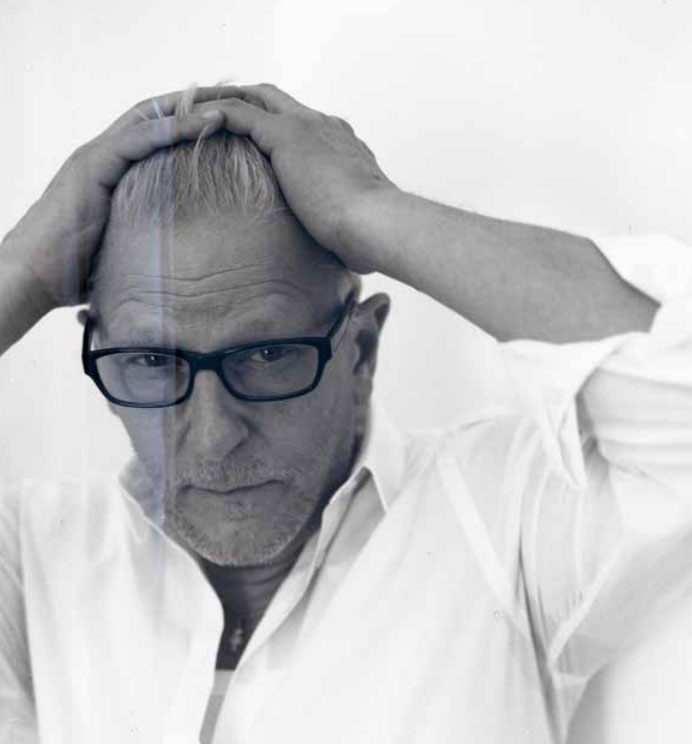
between the end of the night and the start of the day. A series of works you created in 124 the ‘80s and ‘90s bears this name. Why is it that it seems easier to associate it to dawn or to dusk?
In that period I was researching what means the idea of the drawing in art history. A drawing is usually considered as the personal handwriting of an artist and it is a sketch or a study for a painting or a sculpture. Normally you suggest in a couple of lines volume, dimension, space, shadow etc.…, I turned this idea around and put, together with assistants, 10.000 lines on a surface, so I created a kind of undefined energy fields. I was a conductor of coincidences. Out of these energy fields drawings were appearing in front of my eyes, I only had to accentuate them with my ball pen and because the ink of the ball pen has also a chemical reaction on the surface (paper, wood, etc….) the drawings also change in colours, sometimes they are more green, more red, more blue… And I found, in those days, in an old manuscript of the French entomologist Jean Henry Fabre a beautiful and poetical description of the hour blue that gave me the feeling of what I experienced while making and watching to my bic blue drawings and that’s the reason I named this series “The years of the hour blue”. I know that the two young curators Melania Rossi and Joanna De Vos will present in the upcoming Sicilian exhibition, inside the Villa Aurea in theValle dei Templi (Agrigento), a series of small bic blue drawings containing the idea of the symbol of the turtle as an oracle stone, from the collection of the Kunstmuseum Basel, Kupferstichkabinett.
In the series entitled ‘Sanguis Mantis’ in 2001, your blood appears – a symbol of artistic sacrifice. Would anything have changed if your blood had been mixed with other people’s?
As you probably know, I make every year a couple of drawings with my own blood, since 1978. To investigate this magical elixir of life, mysterious fluid, more expensive than gold. And in the “Sanguis Mantis” performance that I did in 2001, I was embodying a universal donor and I wrote the manifesto of my own blood: “You will never get used to art”. The manifesto is a silent cry that explains my belief in the ethical power and the esthetical force of the comforting spirit of beauty. I can also recommend you to read my theatre text that I wrote in 2001: “I am blood (A medieval fairy-tale)”. When I am writing or making drawings with my own blood I want to be a wounded man, a pelican perhaps, unselfish and always ready to mix my own blood with the blood of others.
Is an artist who only uses a brush really someone who is afraid to express him or herself?
No. It is all about the nature of the animal. I am coming from a country where in the past or in the present are great painters. I’m still inspired by the work of the Flemish masters, painters like Rubens, Van Deyck, Bosch, Brueghel etc… And I have fantastic colleagues and friends contemporary artist who are great painters, people like Luc Tuymans, Michael Borremans, Thierry De Cordier. I’m a painter too, even if I don’t use the canvas and the oil paint, for example the works I will present in Monreale, the mosaics made with scarabs wing cases, are paintings made with light.
The show ‘Belgian Rules’ talks about your native country. Are roots more of an obstacle or a stepping stone in discovering the world?
(Jan Fabre sings a song of The Beatles):
He’s a real nowhere man
Sitting in his nowhere land
Making all his nowhere plans for nobody
Doesn’t have a point of view
Knows not where he’s going to
Isn’t he a bit like you and me?
Nowhere Man, please listen
You don’t know what you’re missing
Nowhere Man, the world is at your command
He’s as blind as he can be
Just sees what he wants to see
Nowhere Man can you see me at all?
He’s a real Nowhere Man
Sitting in his nowhere land
Making all his nowhere plans for nobody
Making all his nowhere plans for nobody
Making all his nowhere plans for nobody

